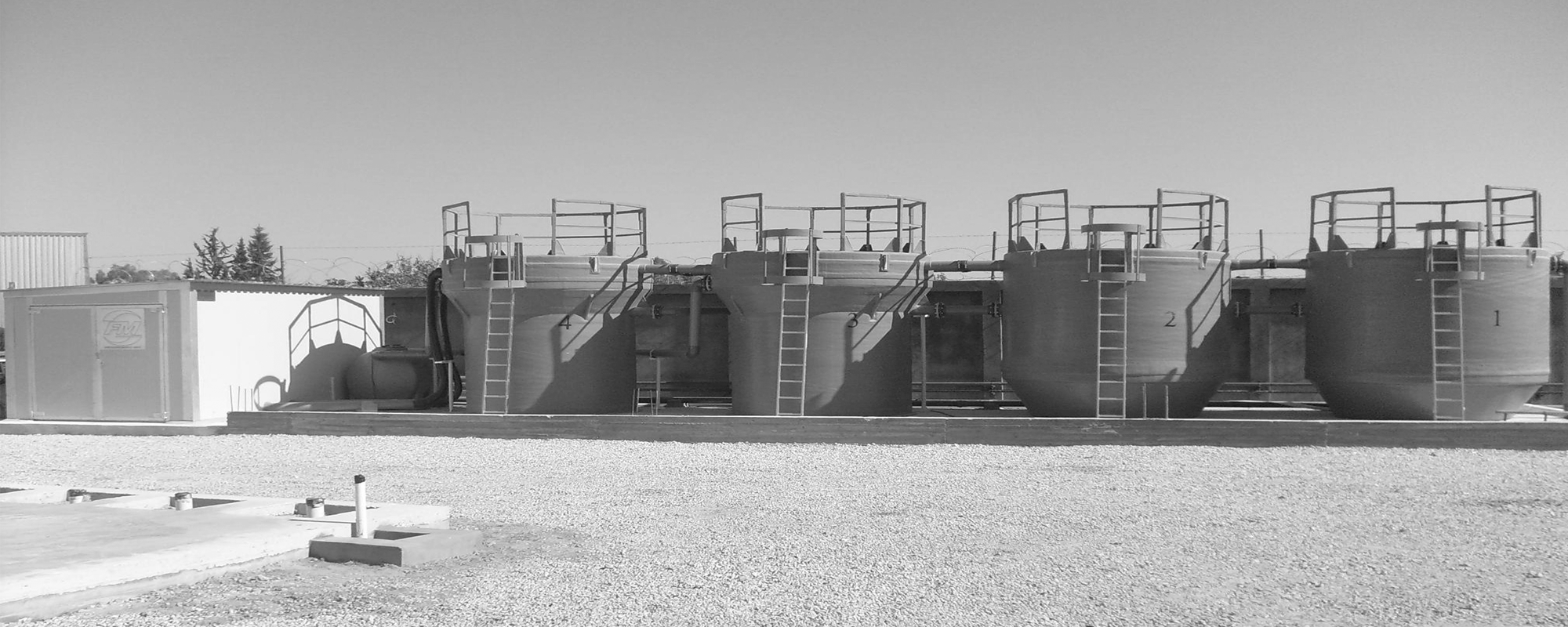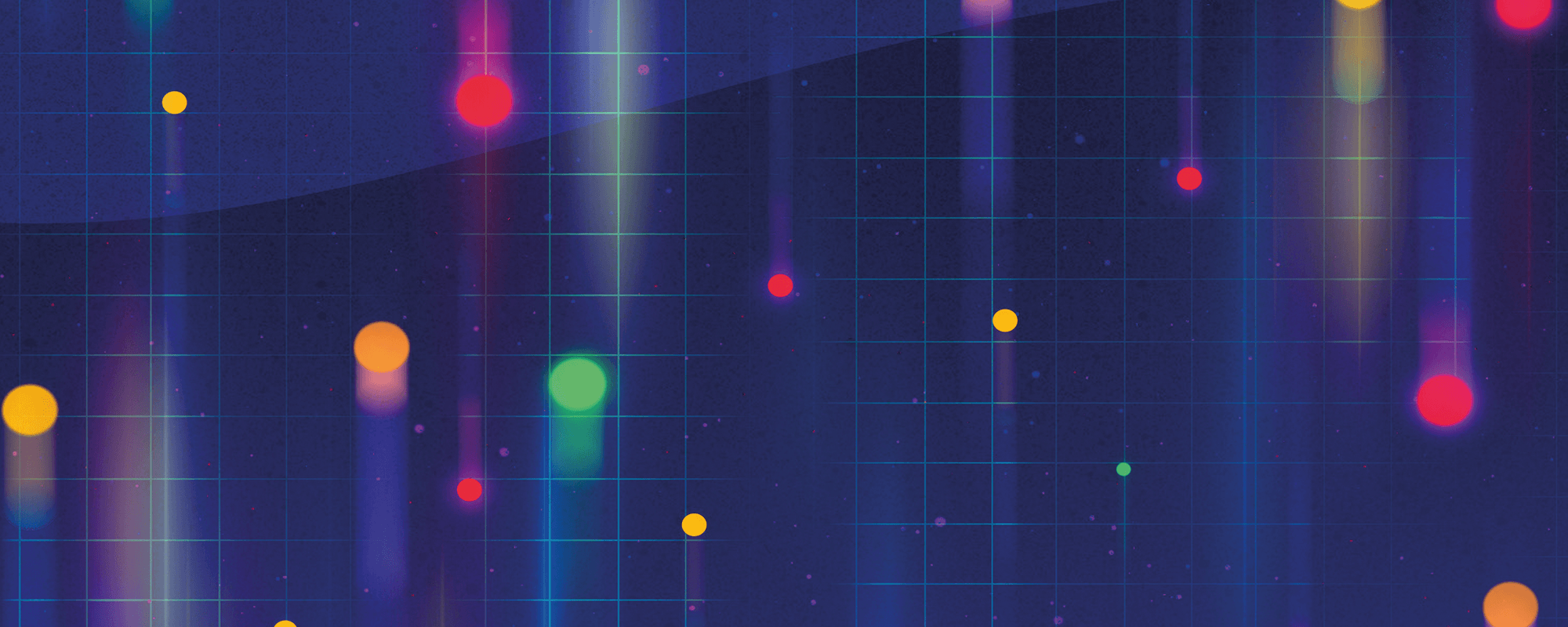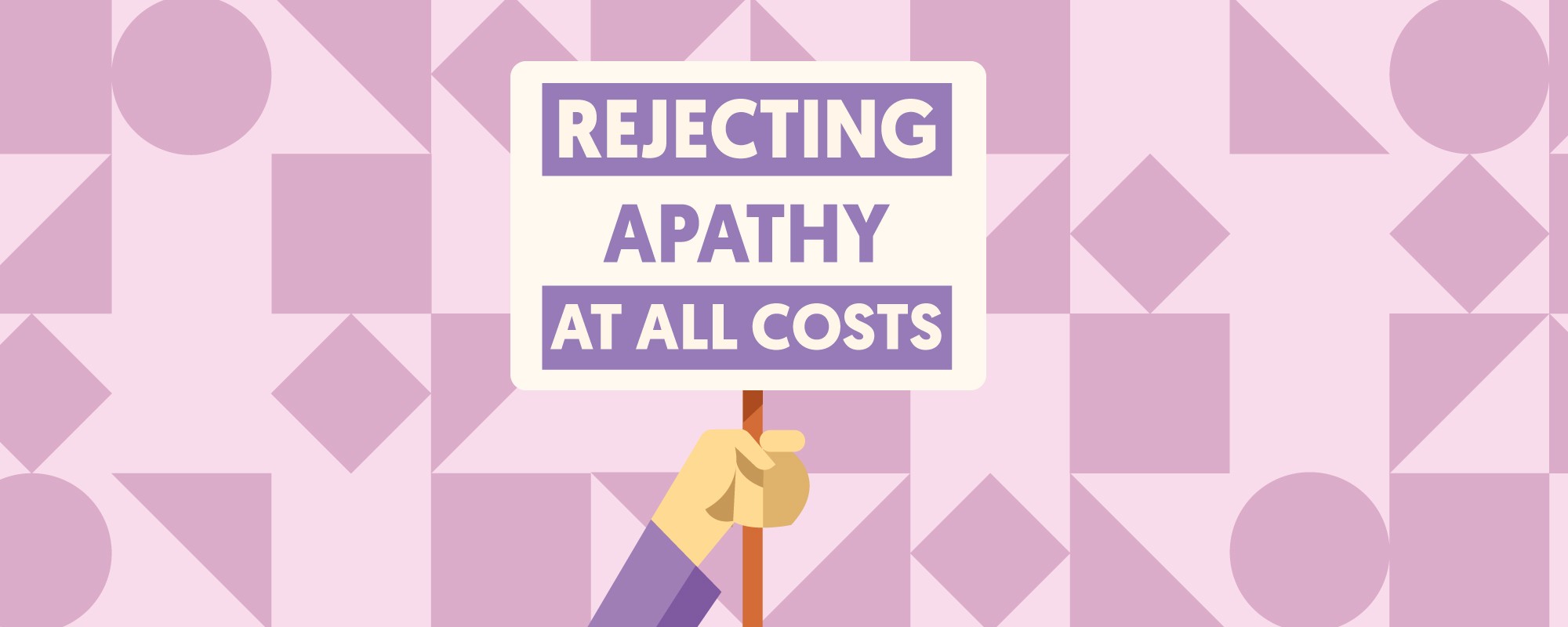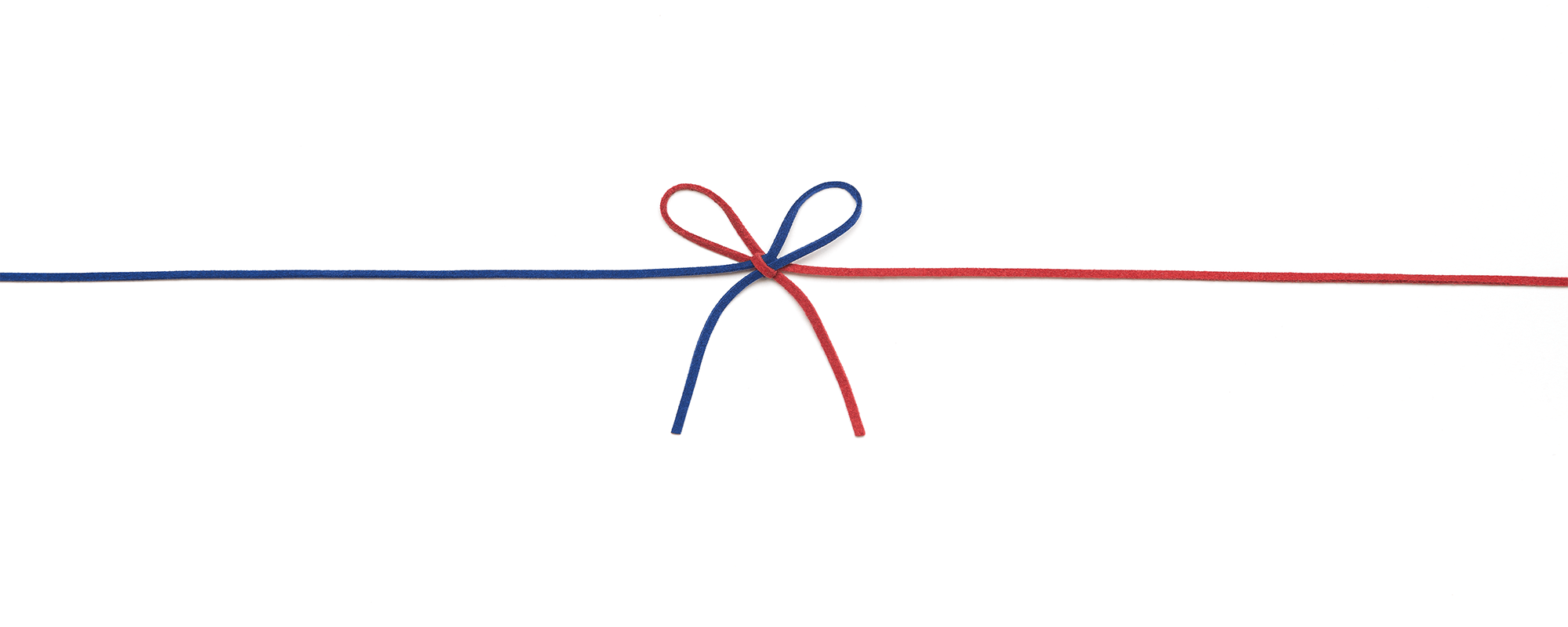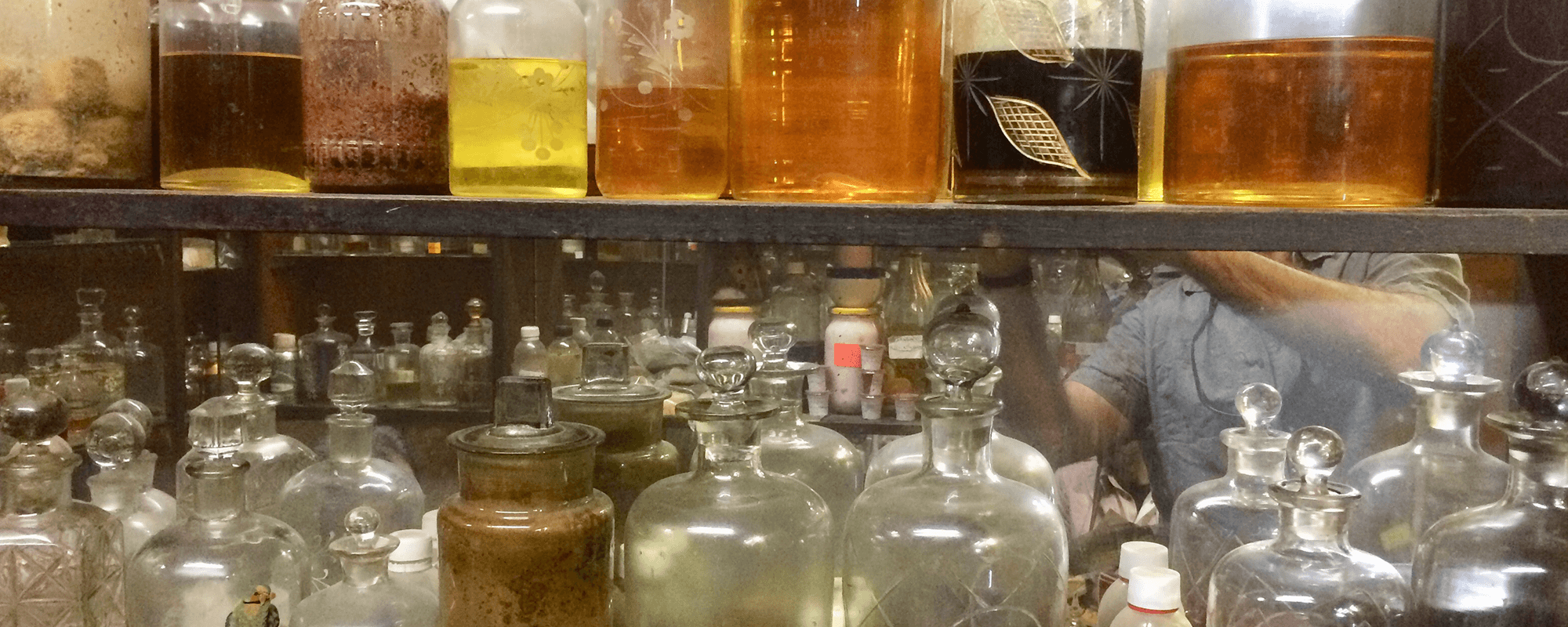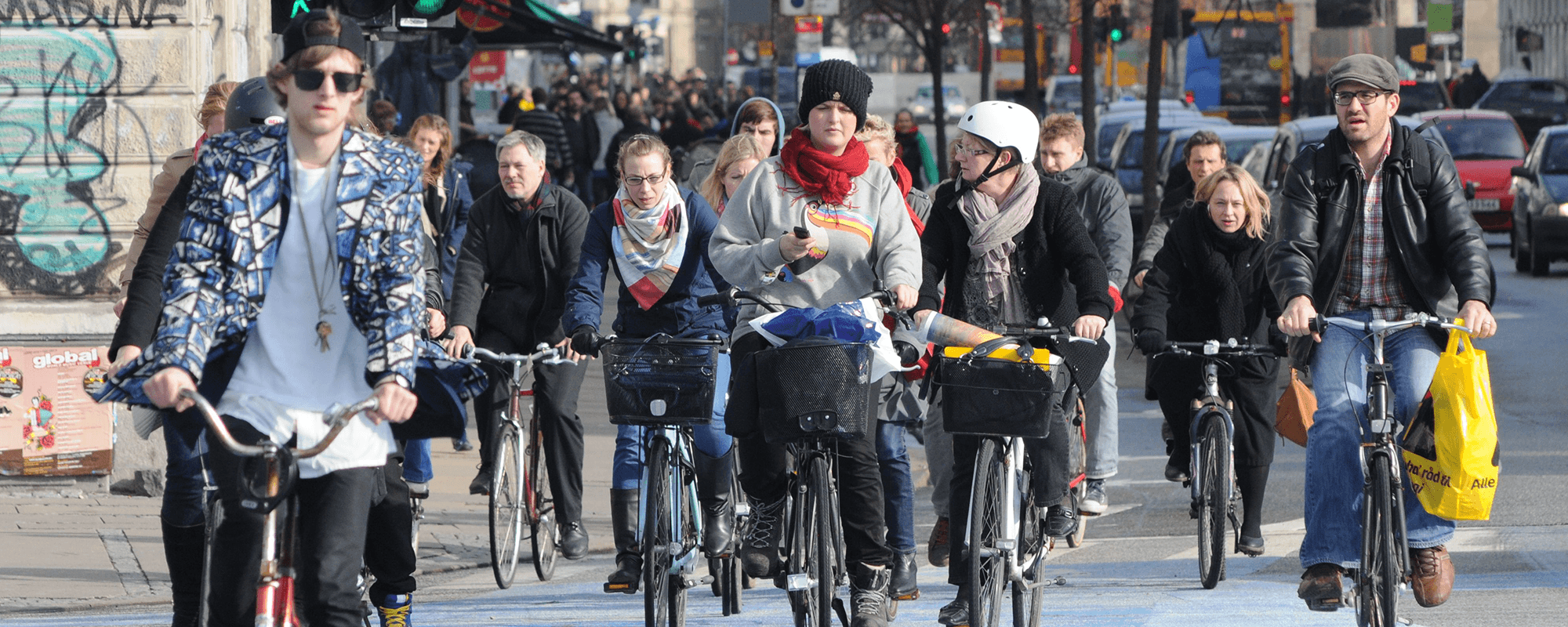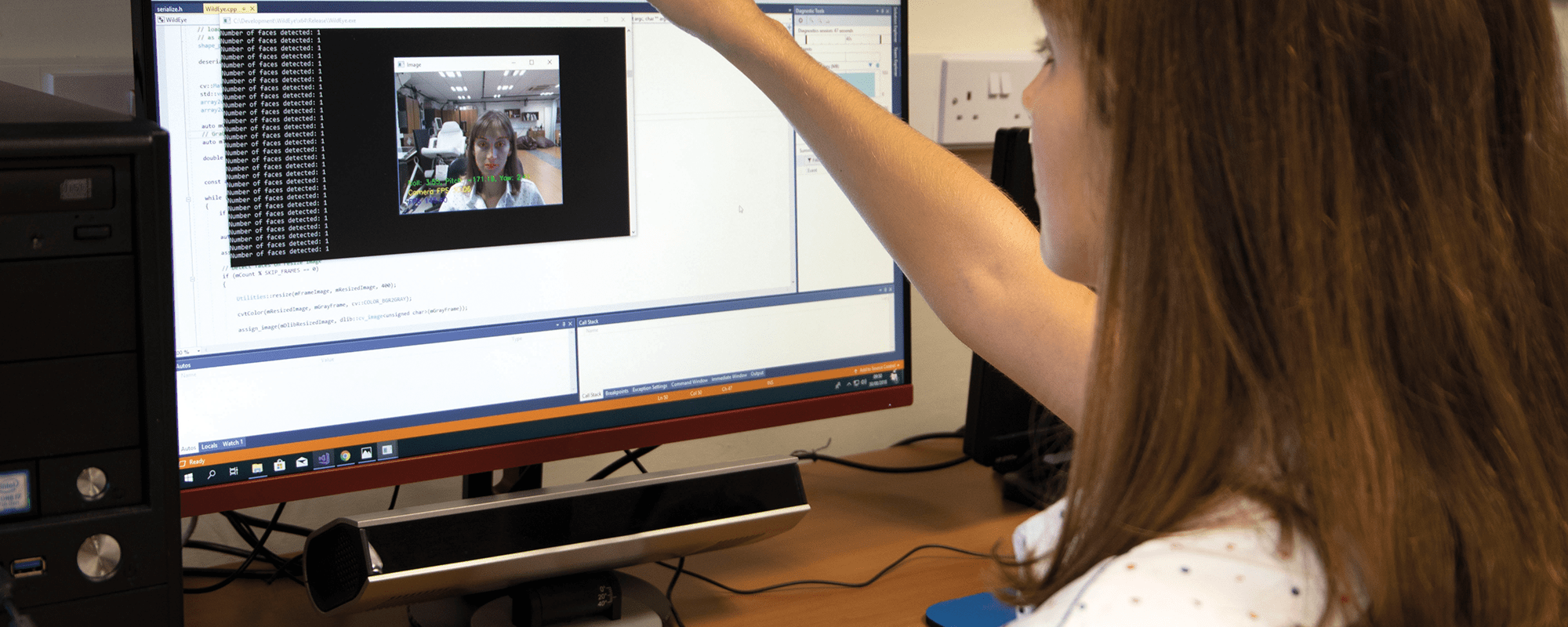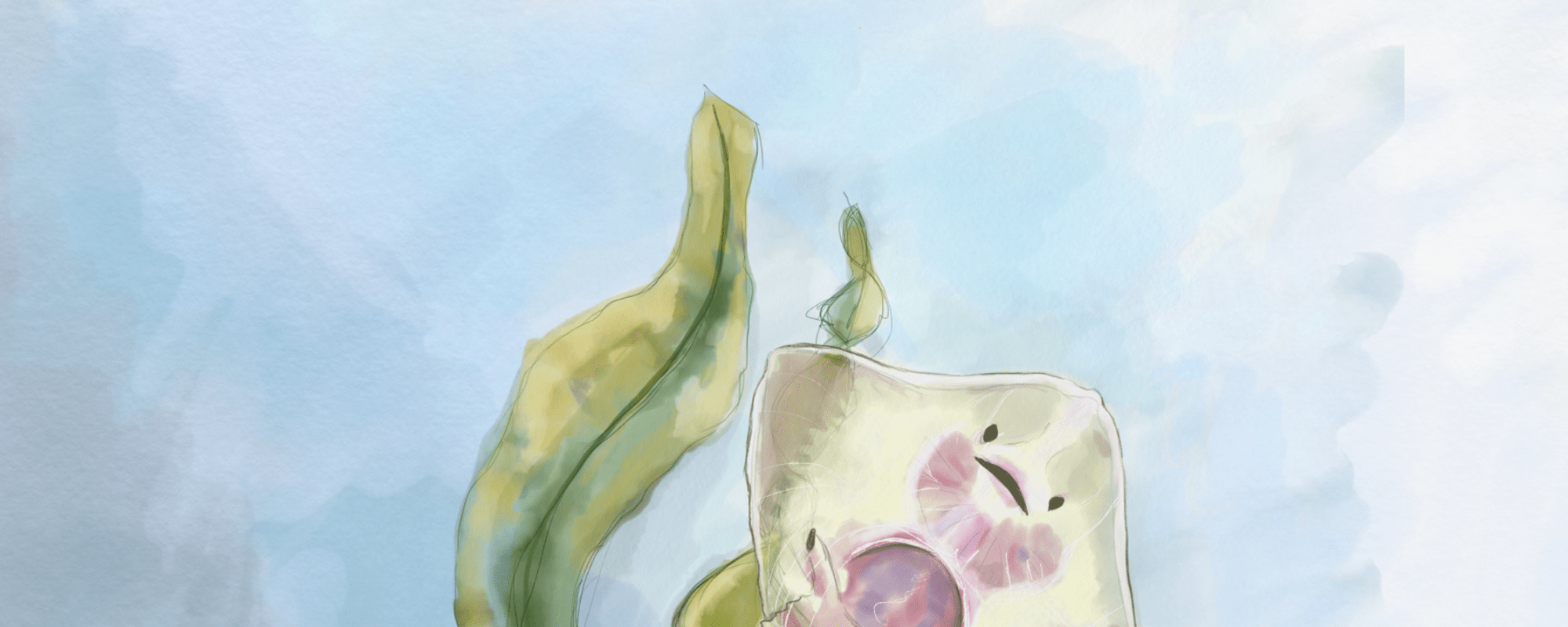A Quantum Leap for Communication
A team of scientists from around the world has recently shown that quantum mechanics can be used to create a super-secure telecommunications link between Malta and Sicily. Laura Bonnici meets with the project’s leader in Malta, Prof. André Xuereb, to discover how Malta could be pivotal in the development of a brand new communications technology.
Continue readingRejecting apathy at all costs
Now an unwavering campaigner for women’s rights, lawyer Dr Lara Dimitrijevic tells Teodor Reljić about how the academic community’s action, inaction, and reaction to injustice shaped her life and activism.
From hurdles in reporting domestic violence to Malta’s budding pro-choice movement, hardly any discussion on women’s freedoms goes by without a word from family lawyer Dr Lara Dimitrijevic. Recently nominated for the US Secretary of State’s International Women of Courage Award, Dimitrijevic represents mistreated women in court. She has also founded vocal NGO Women’s Rights Foundation, which trains police enforcement, the judiciary, social workers, lawyers, and activist organisations to treat victims of gender-based violence fairly.
Continue readingThe limits of loyalty
Author: Raphael Vassallo
In a country where ‘political allegiance’ often seems like an end in itself, it should have to take extraordinary circumstances to shake up one’s political allegiances.
Yet recent history seems to point in a different direction. Limits to party loyalty do exist, but they are often rooted in matters of the heart: issues that may be unrelated to ‘politics’ in the narrower sense; and which may even appear trivial to anyone who doesn’t share such emotional bonds.
Continue readingThe scent collector
After trying her hand as a chef and creative consultant, Marina Fabic discovered her true passion in marrying her refined palate and senses with a never-ending wanderlust to create a series of perfumes. Chris Styles writes.
When you think about the senses that inform your world, would smell come up at the top of the list? Probably not, despite the fact that everyone’s sense of smell is unique.
Unlike other senses, olfactory nerves are hardwired directly into the primitive part of our brains. Smells can trigger the amygdala and hippocampus regions, areas of the brain that processes memory and emotion. This is why the smell of freshly cut grass or rain after a hot afternoon can transport you back to summers long gone. This is the very feeling that Marina Fabic hopes to capture in her scent creations.
Continue readingSave the night
The sky goes on forever, the stars; they wait each night for someone to find them,
in quiet spots as yet unspoiled by light and mayhem.
Nina Rosner — ‘Malta’
Author: Dr Joseph Caruana
The dwindling, peaceful glimmer of twilight promises a clear night. The vivid yellows and oranges give way to more subtle hues until a deep and ever-darkening blue takes over. Slowly, the velvety sky turns into a black canvas peppered with twinkling lights, as the first eerie cries of shearwater birds are heard in the distance.
This magical spectacle plays out most evenings at Dwejra, Gozo. This popular tourist site is one of the last places on the Maltese Islands that offer a sufficiently dark sky to observe our home galaxy — the Milky Way. The proliferation of badly designed exterior lighting all over the islands means that it is impossible to fully escape the deleterious effects of light pollution. This westernmost region of Gozo is as far as one can get to escape the glow of artificial light emanating from the rest of the Maltese Islands.
Continue readingSharing a love for cycling
Author: Suzanne Maas
It’s not even a stereotype — the Dutch are practically born on a bicycle. I received my first two-wheeled friend as a birthday present when I was just three years old, and I have never looked back. From age ten onwards, I cycled to school and everywhere else on my own, and when I was a student, I used to spend one and a half hours every day cycling to my university campus in Utrecht. I only learned that cycling is not such an obvious choice as a mode of transport once I started travelling to other countries, and that hard truth particularly hit home when I moved to Malta seven years ago. Cycling changed from lifestyle to a research interest.
Continue readingEyes front!
How often do your date’s eyes glance down at your chest? Which products do people notice in a supermarket? How long does it take you to read a billboard?
Eye trackers are helping researchers around the world answer questions like these. From analysing user experience to developing a new generation of video games, this technology offers a novel way of interacting with machines. People with disabilities, for example, can use them to control computers. A team at the Department of Systems and Control Engineering (University of Malta) is using a research-grade eye-gaze tracker, worth around €40,000, to test technologies they are planning to commercialise soon.
Continue readingSaving the skates
Author: Gail Sant
They’re called ‘skates’. Yes, like the shoes. Like sting rays, but less popular.
If I had a penny for every time I uttered those words throughout my dissertation years, I’d be a rich woman. You’d think that skates, a regular at the daily fish market, would be part of people’s general fish-knowledge. But it came to me as no surprise, considering how culinarily, environmentally, and economically unappreciated they are.
Continue readingMathematical equation of breast tissue
Author: Daphne Anne Pollacco
Breast cancer is the most commonly occurring cancer in women and the second most common cancer overall. Malta ranked at number 17 among the 25 countries with the highest rates of breast cancer in 2018, according to World Cancer Research Fund International.
Cancer patients often need X-ray imaging for diagnosis and to track recovery. But X-ray radiation is a double-edged sword. It can help to spot the cancer, but it can also contribute to the problem.
Radiation can change the molecular and atomic structure of tissue, potentially leading to other cancers developing. But do any other technologies exist that could achieve the same result without harming patients?
Continue reading
